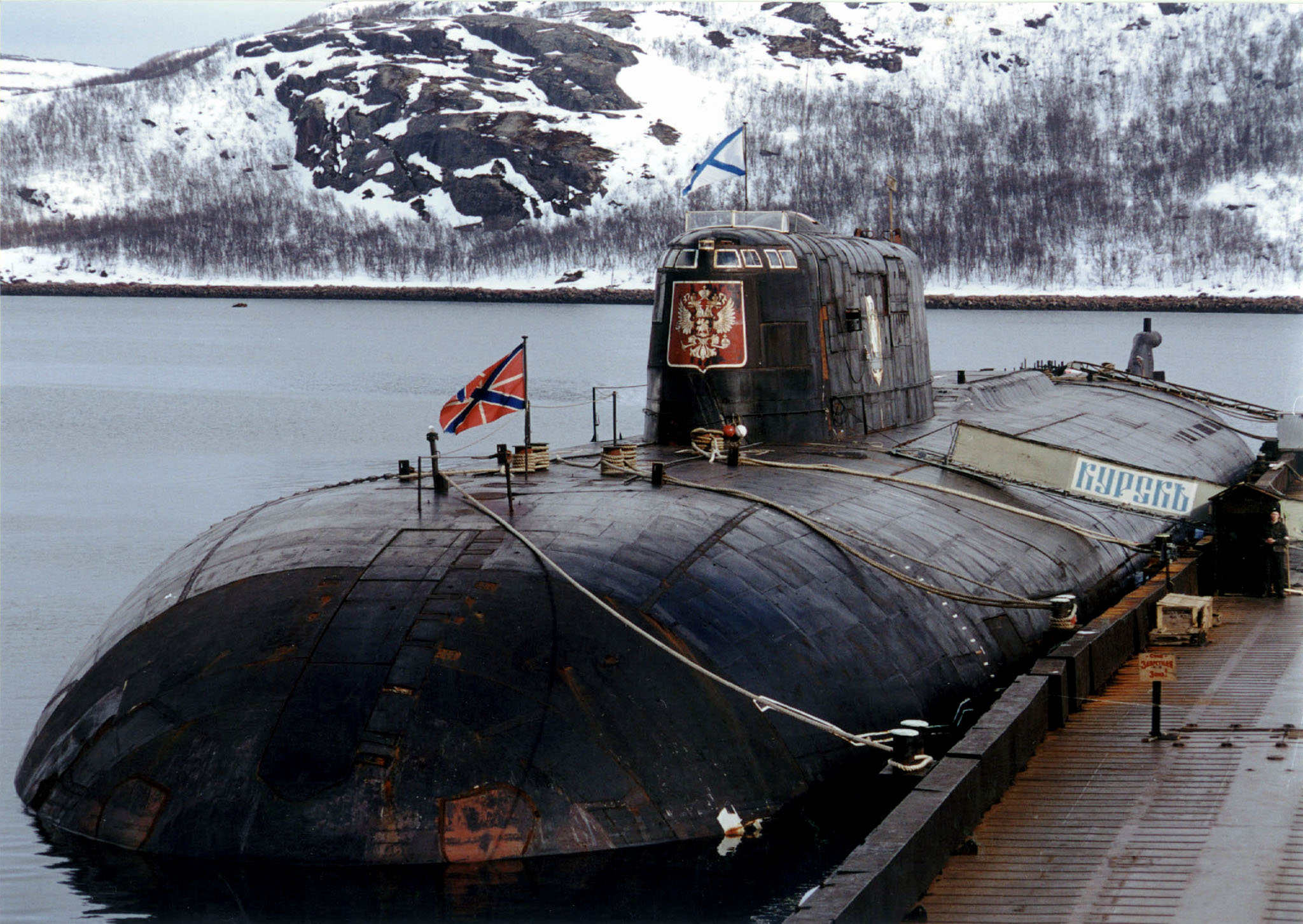ID :
573292
Thu, 08/13/2020 - 10:42
Auther :
Shortlink :
https://oananews.org//node/573292
The shortlink copeid
Remembering the Kursk nuclear-powered submarine disaster

MOSCOW, August 12. /TASS/. August 12, 2020 marks 20 years since the sinking of the Russian nuclear-powered submarine The Kursk. This disaster was the gravest, and the loss of life it caused, the heaviest in the post-war history of the nation’s submarine fleet.
Antei project submarine
The Kursk was a nuclear-powered missile-carrying submarine of project 949A Antei, which the Central Design Bureau for Marine Engineering Rubin in Leningrad (currently St. Petersburg) developed at the end of the 1970s - early 1980s. The 154-meter long and 18.2-meter wide submarine had a full displacement of 24,000 tonnes and was equipped with a 98,000-horsepower nuclear power plant. The Kursk carried 12 twin missile launchers P-700 Granit (24 missiles in all) and six 650 mm and 533 mm torpedo tubes (28 torpedoes). A total of eleven Antei submarines were built in 1982-1996. According to open sources, five remain in service and two are undergoing overhaul and upgrade.
The keel-laying ceremony for The Kursk took place at the Northern Machine-Building Enterprise (currently JSC PO Sevmash in Severodvinsk, the Arkhangelsk Region) on March 22, 1990. On April 6, 1993 it was named The Kursk in honor of the Red Army’s victory in the Battle of Kursk. The submarine was launched in May 1994 and went operational on December 30, 1994. On March 1, 1995 The Kursk was put on the list of ships of Russia’s Northern Fleet and became part of the 7th division of the 1st submarine flotilla (based in Vidyayevo, the Murmansk Region).
Emergency in the Barents Sea
On August 12, 2000 the nuclear-powered submarine K-141 The Kursk was participating in a combined naval exercise of the Northern Fleet in the Barents Sea under the command of Captain 1st Class Gennady Lyachin. The submarine carried a standard crew, a group of officers from the division’s headquarters, and civilian specialists from the industrial plant Dagdizel (based in Kaspiysk, Dagestan) - in all, 118 men. At 11:28 and 11:30 am Moscow time two underwater explosions were identified. No contact could be established with the submarine for several hours. A search and rescue operation was launched.
Rescue operation, wreck recovery, investigation findings
On August 13, the hydroacoustic instruments of the Pyotr Velikiy cruiser spotted the Kursk submarine on the sea floor at a depth of 108 meters. A rescue operation began, but all attempts to dock rescue vehicles with the disabled submarine failed. Stormy weather, a strong underwater current and poor visibility intervened with the effort. On August 19, the operation became international, when two Norwegian ships, The Seaway Eagle and The Normand Pioneer carrying a British rescue craft, joined in. On August 21, Norwegian divers managed to open the lower hatch of the ninth compartment to find out that all those on board the submarine were dead. August 23, 2000 was declared Russia’s national day of mourning.
On August 26, 2000 President Vladimir Putin issued a decree to award the title of the Hero of Russia posthumously to the submarine’s commander, Gennady Lyachin. The 117 crewmembers and specialists were posthumously awarded The Order of Courage.
In October-November 2000 twelve bodies were brought to the surface from the wreck. Another 103 bodies were recovered later. The remains of three people were not found. The operation to recover the submarine began on July 15, 2001. The first compartment was separated and left on the seabed for some time (its fragments were recovered a year later). On October 8, 2001, the submarine was raised to the surface and in April 2002 sent to the Nerpa shipyards for disposal.
Mass media came up with many speculations, including the weirdest suspicions, as to what happened. On July 26, 2002, Prosecutor-General Vladimir Ustinov told a news conference the probe into the Kursk disaster was over. The investigators found out that first there was an explosion in torpedo tube No.4 due to a leak of hydrogen peroxide through a microcrack in the hull of a training torpedo; this caused the detonation of other torpedoes in stock. Twenty-three surviving crewmembers retreated into the 9th compartment, where they died the next day.
The Kursk disaster resulted in the demotion and eventual resignation of the Northern Fleet’s commander, Admiral Vyacheslav Popov, chief of the Northern Fleet’s staff, Vice-Admiral Mikhail Motsak and commander of the submarine flotilla Vice-Admiral Oleg Burtsev. A total of 14 senior naval officers were dismissed or demoted.
Commemoration
On June 15, 2009 the front part of the submarine’s deck cabin was placed near Murmansk’s Church of the Savior on Waters. It is part of a memorial honoring Sailors who Died in Peacetime.
Monuments and memorial plaques in honor of The Kursk’s sailors have since been unveiled in Severodvinsk, St. Petersburg, Moscow, Kursk, Kotlas, Yekaterinburg, Veliky Novgorod, Nizhny Novgorod, Sevastopol, Zaozyorsk, Severomorsk, Kopeisk (the Chelyabinsk Region) and Marganets (the Dnepropetrovsk Region of Ukraine). The names of The Kursk submarine’s sailors have been given to schools in St. Petersburg, Volgograd, Belgorod, Lipetsk, Kirovsk (the Leningrad Region) and the village of Bagayevskaya (the Rostov Region).
The Kursk submarine disaster has become a theme of Russian and foreign documentaries, television programs, books and music pieces and the feature film entitled Kursk (a Belgian-Luxembourgian drama by Thomas Vinterberg).
Read more





